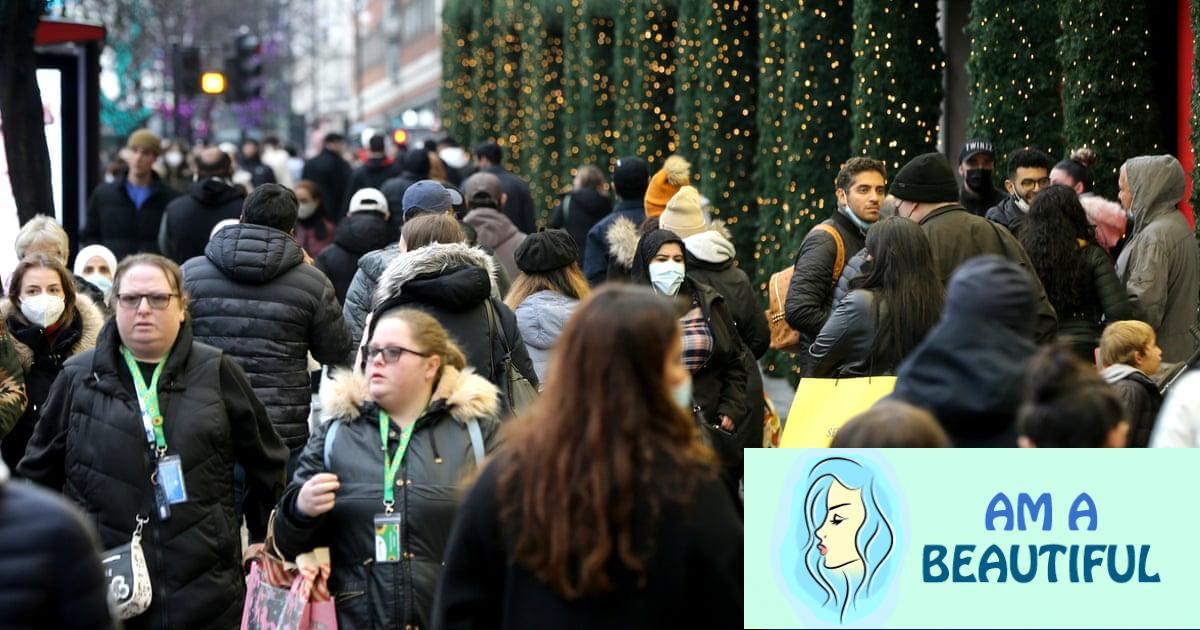While the metaverse is far from being fully here, it’s garnered traction across multiple industries and might be “the future of the internet.” In fact, trends show that rapid interaction and participation in the metaverse will lead to an immersive experience that brings more people flocking to it.
Gartner predicts 10% of public events — such as sports and performing arts — will offer participation in the metaverse, fueling rapid buildout of commercial metaverse-shared experiences by 2028. This is a projection that LORR’s CEO, Nova Lorraine, agrees with.
“The metaverse of the future will be a new interconnected web of physical and hyperrealistic virtual experiences — where digital asset ownership is the norm, not the rarity, avatars’ visual expression and sophistication is more important than social media reels, and meetups in virtual environments and events start eclipsing traditional Zoom,” Lorraine said in an interview with VentureBeat.
McKinsey’s State of Fashion 2022 report shows that “as consumers spend more time online and the hype around the metaverse continues to cascade into virtual goods, fashion leaders will unlock new ways of engaging with high-value younger cohorts.” Furthermore, “to capture untapped value streams,” according to the report, “players should explore the potential of nonfungible tokens, gaming and virtual fashion — all of which offer fresh routes to creativity, community-building and commerce.”
If there are going to be as many events in the metaverse as expected, people need to properly dress their avatars for the occasion. Avatars must be created, at the behest of the people they represent, with luxury and fashionable items. As the metaverse stretches possibilities for users in virtual realms, digital fashion is being redefined for many in that space today. But what might the future of digital fashion be in the metaverse?
The digital fashion future is bright, but it must be nurtured
Fashion in the metaverse is intangible. There is no need for physical clothes, which makes it easier for users to experiment and create lavish wardrobes for themselves, way grander than what would be possible in the real world. Furthermore, since the clothes are in the form of digital collectibles or nonfungible tokens (NFTs), they can be freely traded across open-NFT marketplaces, adding to their long-term value, which many physical or second-hand clothing items do not possess.
Garments minted as NFTs are digital assets registered with unique data stored on the blockchain. This means that even though an image of a virtual dress could be seen or even saved by anyone on the internet, the person who purchased it — whether as a unique one-off or part of a limited run — can prove their ownership, and subsequently sell or trade it, with the value increasing or decreasing just as with a physical garment.
“The industry has realized that the virtual world, despite being based on imaginary creations, actually has profound utility when it comes to garments,” according to Lokesh Rao, CEO of Trace Network Labs. “The evolution of design technologies allows creative freedom for all designers, but some clothes they design can never be worn in the real world. The metaverse removes this hurdle — a digital avatar can wear any garment without any constraints of type, design, fabric and use.”
While several brands are jumping head-first into the metaverse, LORR’s founder, Prasanna Hari, preaches growth that’s nurtured and systemic, seated on the foundation of education. “For adoption to happen, we need to go from Web2 to 2.1 to 2.3 and not hyperleap to Web3. A lot of the current virtual spaces in other metaverse platforms are expensive and not everyone has seven, eight or nine figures in their budget to launch brand experiences in the metaverse. Access is about giving small- to mid-sized fashion retailers and brands an opportunity to enter Web3.”
LORR helps connect the 3D environments of the metaverse to a client’s existing Web2 storefront. Additionally, stores on the LORR platform have the option to upgrade features. “Through the metaverse, the world has witnessed a technological revolution,” Hari added. “We are now in a space where we can reimagine new realities in a bespoke virtual-reality space. Users interact in a new way within a bespoke computer-generated environment.”
Metaverse fashion will keep evolving
While the top guns in the world of retail fashion are going into the metaverse, some require help showcasing their products to their clients and prospects. It’s in these supportive roles that companies like LORR and ByondXR shine the brightest. LORR, driven by the inherent rise of digital fashion, provides small- to mid-size luxury and bespoke brands an opportunity to easily add a metaverse environment to their omnichannel strategy. ByondXR, on the other hand, pitches her tent with bigger players.
LORR is leveraging its Unreal Engine to build what it calls “a one-of-a-kind hyperrealistic metaverse that will empower retailers to share their brand’s story in a more immersive way.” To design virtual stores, LORR uses digital asset management tools to create and render 3D assets that are personalized to each retailer. These technologies can be applied to showcase consumer goods, digital twins of physical real estate properties, health-tech services and many more.
Conversely, ByondXR provides a platform for brands and enterprises to build 3D and metaverse stores for their customers and buyers. In addition, the platform enables users and partners to fully manage and configure their virtual stores by adding plugins, features, visuals and more. Controlling plugins lets users add their ecommerce, media, and fun elements inside. Users can also decide what, when and how they want to showcase in their store — making managing a virtual store comprehensive, easy and quick.
Digital fashion in the metaverse will continue to evolve, riding on several immersive technologies that offer users flexibility and ownership. While it’s still uncertain how avatars and other fashionable assets might look in the future, McKinsey notes that “the emergence of the metaverse offers incredible potential for fashion and luxury players.”





